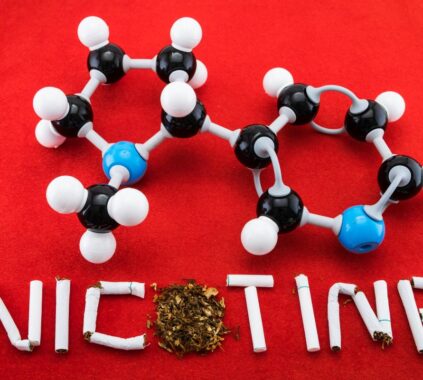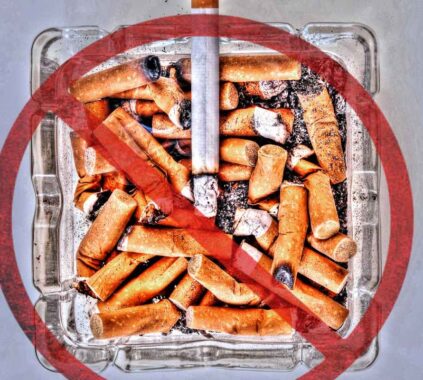The use of nicotine, a highly addictive chemical present in tobacco products, has long been a cause for concern. Although giving up nicotine is the safest option, some people could decide to use it. In this post, we’ll examine several nicotine use techniques that can reduce the risks to your health.
Knowledge of Nicotine
It’s critical to comprehend what nicotine is and why it poses concerns to health before exploring safer ways to use nicotine. The tobacco plant contains the naturally occurring substance nicotine, the principal psychoactive compound that gives tobacco products like cigarettes, cigars, and chewing tobacco their addictive qualities.
Numerous health problems are linked to nicotine use, such as:
- Nicotine is highly addictive, making it challenging for consumers to stop using it.
- Cardiovascular issues: Nicotine increases the risk of heart disease and stroke by raising blood pressure and heart rate.
- Smoking exposes the lungs to toxic substances, which can cause several respiratory difficulties, including lung cancer and chronic obstructive pulmonary disease (COPD).
- Cancer: While nicotine is not a carcinogen, many chemicals created when tobacco is burned raise the risk of many cancers.
Given these dangers, looking into safer nicotine intake alternatives is critical.
Safer Nicotine Intake Techniques
As an alternative to smoking, nicotine replacement therapy (NRT) uses products including gum, patches, lozenges, and inhalers to deliver a controlled drug dose. They may lessen cravings and withdrawal symptoms, making it more straightforward for people to quit smoking.
While not wholly risk-free, nicotine vaping is considered a less dangerous option than smoking regular cigarettes. Users inhale an aerosol created by heating nicotine-containing liquid (e-liquid) in e-cigarettes and vape pens. Although vaping avoids the negative consequences of burning tobacco, its long-term implications are still being researched.
Smokeless Tobacco: Snus and snuff use tobacco placed straight in the mouth without burning it first. They are not entirely safe and can still result in oral and esophageal cancers, even though fewer risks are associated with smoking.
Gradual Reduction: Some people opt to gradually reduce their nicotine intake by reducing their cigarette consumption or the potency of their e-liquid. In the long run, this technique makes quitting smoking more accessible, enabling the body to adapt to reduced nicotine levels.
Medication: Prescription drugs can help lessen nicotine cravings and withdrawal symptoms, including varenicline (Chantix) and bupropion (Zyban). These drugs are frequently taken in conjunction with therapy and support services.
Behavioral help: By combining nicotine intake decrease with behavioral services, like counseling or support groups, the likelihood of successfully quitting smoking can be considerably increased.

Lowering the risks of nicotine use
While using these less harmful nicotine ingestion techniques can help minimize danger, it’s crucial to take additional safety measures:
- Avoid dual use, which can raise health risks by combining traditional tobacco products with safer substitutes. Sticking to one strategy and gradually cutting back on nicotine is advisable.
- When using e-cigarettes or other vaping devices, pick reputed brands and goods. E-liquids that are poorly produced or counterfeit products can increase dangers.
- Watch Your Nicotine Intake: Be aware of how much nicotine you are taking in, and work to reduce it over time. Making educated choices regarding your nicotine usage might be aided by keeping track of how much you consume.
- Stay Informed: Keep abreast of the most recent studies on nicotine’s impact on human health. You can make wise decisions if you know nicotine use’s dangers.
Conclusion
The primary association of nicotine with conventional tobacco products is because it is a highly addictive drug with established health hazards. While quitting nicotine entirely is the safest option, some may choose safer substitutes to lessen the risk. Vaping, smokeless tobacco, gradual reduction, pharmaceuticals, behavioral support, and nicotine replacement therapy can all be helpful tools throughout this path. However, applying these techniques sensibly and in conjunction with well-informed choices is essential. The ultimate objectives should be reduced nicotine intake and improved general health and well-being.
Last modified: October 6, 2023






